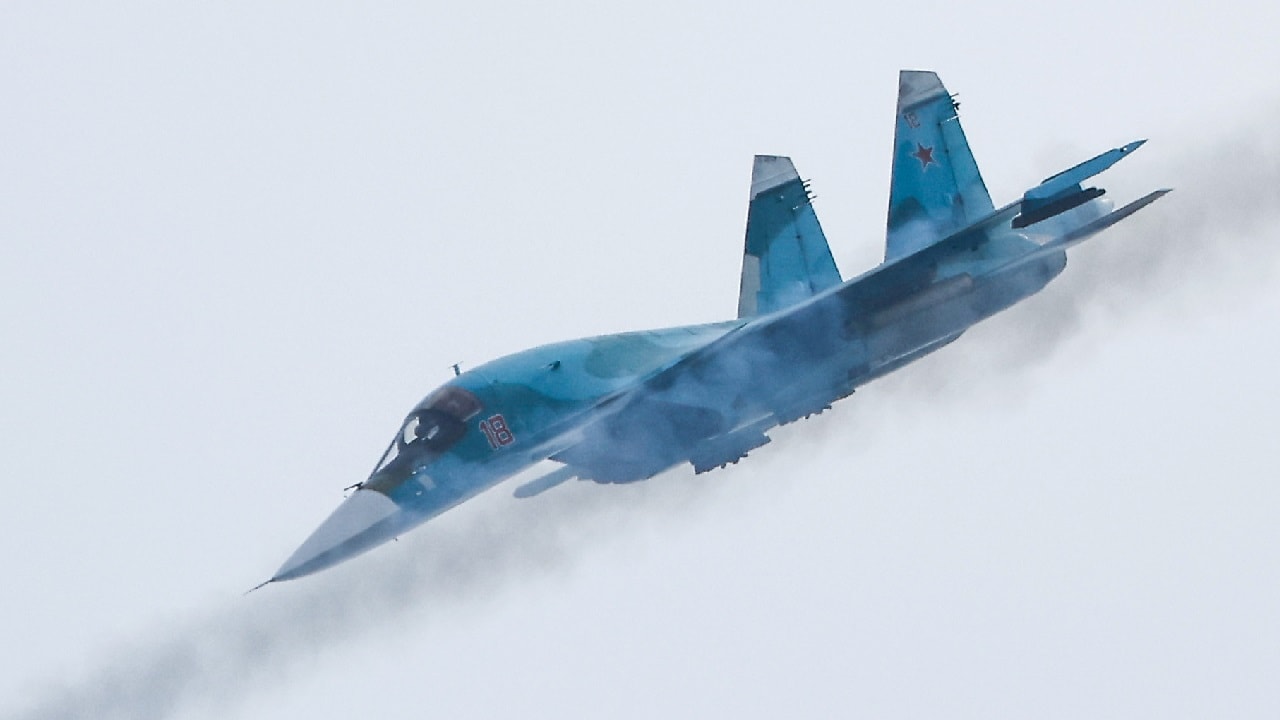Russia is running low on missiles, especially those that the Iskander road-mobile system equips. Ukraine’s intelligence director said that Vladimir Putin’s forces have only 13% of the supply of Iskander ballistic missiles that Russia held before the war. This leaves Russian forces to rely on Iran-made Shahed loitering drones to attack Ukraine.
Ukrainian spy master Kyrylo Budanov said recently that Russian “missile stocks are almost exhausted.” Budanov said Russia is turning to the cheaper Shahed-136 and Shahed-131 drones, and these are getting destroyed in the air – 330 have been launched at Ukrainian targets and 222 have been shot down, Budanov claimed.
While there is no independent confirmation of these numbers, it stands to reason that Russia is running out of Iskanders, as well as other missiles such as the Kalibr. This has to make Moscow wonder if its military can continue to target critical infrastructure in strikes designed to take out electrical power and water plants in Ukraine. On Oct. 31, dozens of cruise missiles and kamikaze drones hit these facilities, creating electricity and water outages throughout the country.
Even Man-Portable Systems Are Giving the Iskander Fits
Russia’s missile force could not have foreseen the depletion of these stocks in a war that has raged almost all year. The Iskander was believed to be impervious to missile defenses, but in reality it is falling even to unlikely defensive systems such as MANPADs. Ukraine boasted on Oct. 29 that a Ukrainian man-portable air defense system downed an Iskander near the city of Zaporizhzhia. While the action was not a direct hit, the Iskander reportedly left its trajectory and hit the ground far short of its target.
The 9K720 Iskander-M is a road-mobile surface-to-surface short-range ballistic missile. Its 1,543-pound warhead can be conventional or nuclear. Different warheads can be affixed to the missiles, including “cluster, fuel-air explosive, bunker-busting, and electro-magnetic pulse” variants, according to Military Today. The guidance system is inertial and optical. It came into service in 2006, and its maximum range is 311 miles.
The Iskander can deftly avoid air defenses using its maneuverable re-entry vehicle. It can also drop decoys to fool surface-to-air missiles. The Iskander is able to change targets in mid-flight and engage in flight correction during attack mode. It has high accuracy, with a 15-to-20-foot circular area probable. Its launcher sits on an 8X8 truck.
Letting Down Russia
Russia was overconfident with this system, often intimating that it could overwhelm NATO radar systems and destroy the alliance’s air defenses. The Iskander was often deployed in military exercises in Kaliningrad to show the world how mobile it is. It also saw employment in Belarus, and Russia has sent Iskanders to Syria. There were five Iskander brigades for a total of 136 launchers in the Russian military before the war. About 900 missiles existed among the five brigades prior to the invasion.
The Iskanders have struggled, and there are reports of the missiles launching and then quickly returning to earth and crashing.
This has to be frustrating for the Russian military. The Iskander was hyped as a highly accurate missile that could evade defenses and punish the enemy. Now Russia is running out of them and will have to depend on Iranian drones for aerial firepower until production can resume. While Russia still swears by the Iskander and has bragged about all the Ukrainian targets the weapon has destroyed, the Iskander has not dominated the battlefield like it should have.
Letting Down Putin
This is yet another wartime disappointment for Vladimir Putin. His generals must have told him that Russian ballistic missiles would strike fear into Ukraine and push Kyiv to surrender. But the war has gone on longer than planned, and Iskander stocks are running low. Ukraine has done a good job shooting them down, and it may soon get HAWK surface-to-air missiles from the United States to take care of the Iranian drones. Ukraine and its allies are answering the surface-to-surface missile advantages that Moscow enjoyed before the war. Russia will have to depend on a defense industry beset by international sanctions to replenish Iskander missile stocks.
Expert Biography: Serving as 1945’s Defense and National Security Editor, Dr. Brent M. Eastwood is the author of Humans, Machines, and Data: Future Trends in Warfare. He is an Emerging Threats expert and former U.S. Army Infantry officer. You can follow him on Twitter @BMEastwood. He holds a Ph.D. in Political Science and Foreign Policy/ International Relations.

